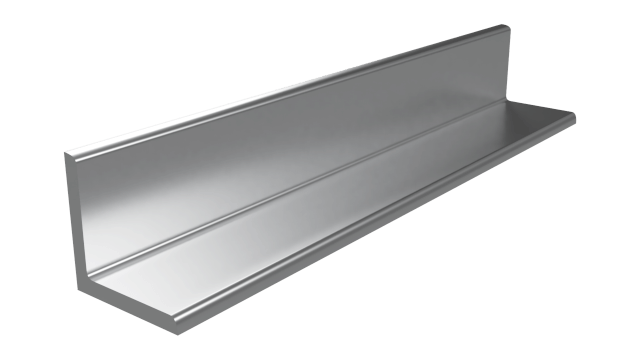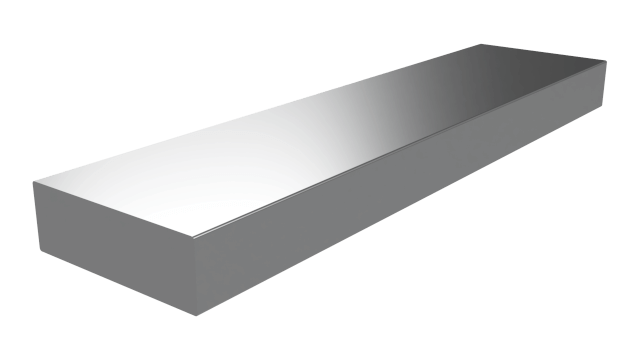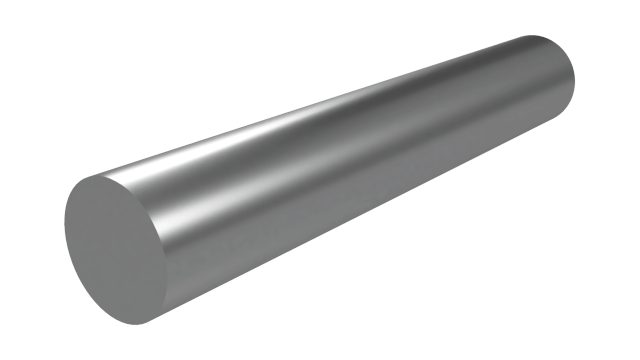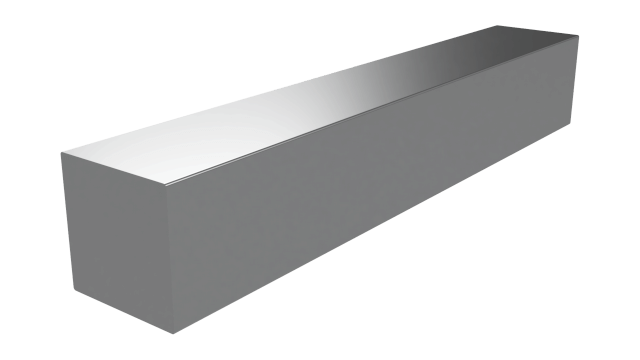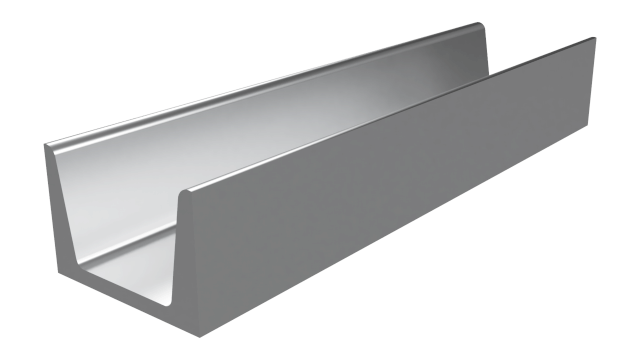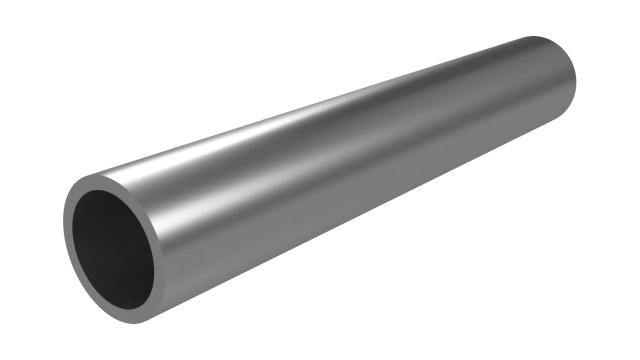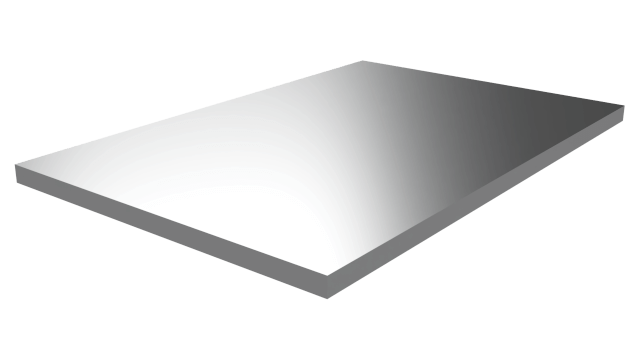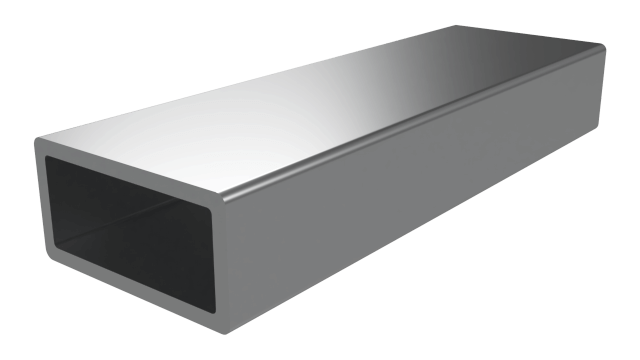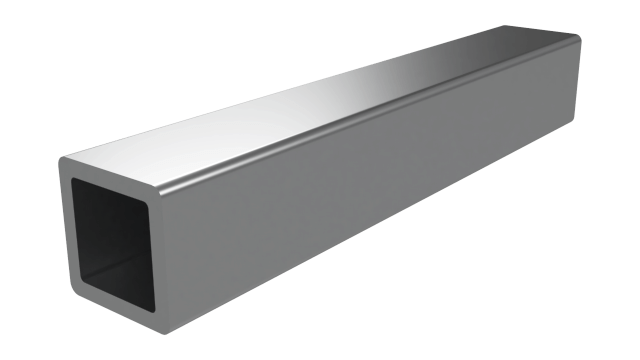Stainless Steel
In the realm of metallurgy, few substances can rival the flexibility, endurance, and visual allure of stainless steel. Comprised mainly of iron, carbon, and chromium, this extraordinary alloy has become synonymous with contemporary engineering and design. Its influence spans across fields ranging from architecture and medicine to culinary implements and transportation. Let's delve into the captivating universe of stainless steel and unravel why it remains an irreplaceable component of our daily existence.
A defining attribute of stainless steel is its exceptional resistance to corrosion and oxidation. This trait is chiefly attributed to the presence of chromium, which forms an inconspicuous layer of chromium oxide on the metal's surface when exposed to air. This oxide layer serves as a safeguard, shielding the metal from corrosive agents, dampness, and staining. Consequently, stainless steel preserves its luster and integrity even in harsh environmental conditions, rendering it suitable for both indoor and outdoor applications.
A major strength of stainless steel lies in its varied assortment of grades, each tailored to precise needs. Prominent grades encompass austenitic, ferritic, martensitic, and duplex stainless steel. Austenitic stainless steel, enriched with ample chromium and nickel content, is widely employed in kitchen apparatuses and food processing equipment due to its exceptional resistance to corrosion and ease of cleansing. Contrarily, ferritic stainless steel offers enhanced engineering attributes, often finding purpose in automotive exhaust systems and architectural embellishments. Martensitic stainless steel, characterized by elevated carbon levels, finds utility in cutlery and surgical instruments for its exceptional hardness and sharpness. Duplex stainless steel amalgamates the finest qualities of both austenitic and ferritic variants, providing commendable strength and corrosion resistance, rendering it fitting for applications within chemical and petrochemical sectors.
Beyond its resistance to corrosion, stainless steel flaunts remarkable fortitude and endurance. Its capacity to withstand elevated temperatures and severe mechanical stress positions it as a favored material in construction, particularly for bridges, building facades, and infrastructure subject to demanding weather conditions. Stainless steel's tenacity ensures that structures retain their integrity and visual appeal over extended periods, curbing maintenance expenses and contributing to eco-friendly engineering methodologies.
Apart from its utilitarian attributes, stainless steel's aesthetic allure has bolstered its prevalence in architecture and interior design. Its sleek, polished surface exudes a contemporary and sophisticated ambiance, rendering it an enticing option for modern edifices and stylish interiors. Whether employed in handrails, elevator panels, or artistic installations, the reflective facade of stainless steel introduces a dash of grace and refinement to any setting.
Moreover, stainless steel's hygienic qualities have rendered it an indispensable material in medical and pharmaceutical sectors. Its resistance to corrosion and ease of cleansing position it as an ideal choice for surgical instruments, medical apparatuses, and equipment necessitating stringent hygiene norms. In the realm of food and beverages, stainless steel's inert surface guarantees that it does not influence the flavor or quality of consumables, establishing it as a dependable option for processing machinery, storage tanks, and culinary tools.
Furthermore, stainless steel assumes a pivotal role in transportation. Its resilience against corrosion, strength, and minimal maintenance requisites render it a favored material in automotive and aerospace engineering. Stainless steel elevates the performance, safety, and visual aesthetics of vehicles and aircraft, whether in the form of car exhaust systems and body panels or aircraft components and interior adornments.
In summation, stainless steel stands as a robust alloy that epitomizes modern innovation across a diverse array of industries. Its anti-corrosive traits, durability, and visual allure have positioned it as an essential material in construction, medical devices, kitchen utensils, transportation, and beyond. As technology and design continue to advance, stainless steel's adaptability and enduring attributes are poised to ensure its pivotal role in shaping a superior, more sustainable future.
